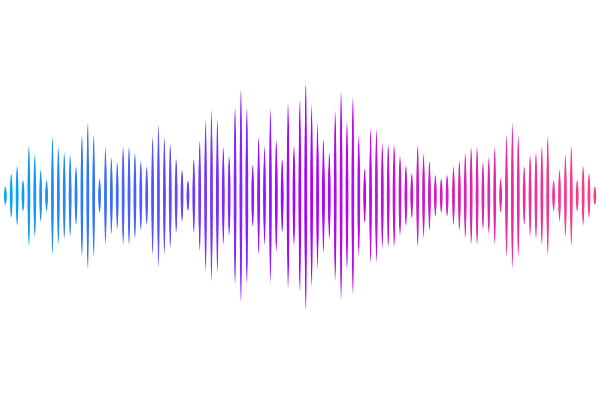The PAU Survey: Measuring intrinsic galaxy alignments in deep wide fields as a function of colour, luminosity, stellar mass and redshift

The PAU Survey: Measuring intrinsic galaxy alignments in deep wide fields as a function of colour, luminosity, stellar mass and redshift
D. Navarro-Gironés, M. Crocce, E. Gaztañaga, A. Wittje, M. Siudek, H. Hoekstra, H. Hildebrandt, B. Joachimi, R. Paviot, C. M. Baugh, J. Carretero, R. Casas, F. J. Castander, M. Eriksen, E. Fernandez, P. Fosalba, J. García-Bellido, R. Miquel, C. Padilla, P. Renard, E. Sánchez, S. Serrano, I. Sevilla-Noarbe, P. Tallada-Crespí
AbstractWe present the measurements and constraints of intrinsic alignments (IA) in the Physics of the Accelerating Universe Survey (PAUS) deep wide fields, which include the W1 and W3 fields from the Canada-France-Hawaii Telescope Legacy Survey (CFHTLS) and the G09 field from the Kilo-Degree Survey (KiDS). Our analyses cover 51deg$^{2}$, in the photometric redshift (photo-$z$) range $0.1 < z_{\mathrm{b}} < 1$ and a magnitude limit $i_{\mathrm{AB}}<22$. The precise photo-$z$s and the luminosity coverage of PAUS enable robust IA measurements, which are key for setting informative priors for upcoming stage-IV surveys. For red galaxies, we detect an increase in IA amplitude with both luminosity and stellar mass, extending previous results towards fainter and less massive regimes. As a function of redshift, we observe strong IA signals at intermediate ($z_{\mathrm{b}}\sim0.55$) and high ($z_{\mathrm{b}}\sim0.75$) redshift bins. However, we find no significant trend of IA evolution with redshift after accounting for the varying luminosities across redshift bins, consistent with the literature. For blue galaxies, no significant IA signal is detected, with $A_{1}=0.68_{-0.51}^{+0.53}$ when splitting only by galaxy colour, yielding some of the tightest constraints to date for the blue population and constraining a regime of very faint and low-mass galaxies.